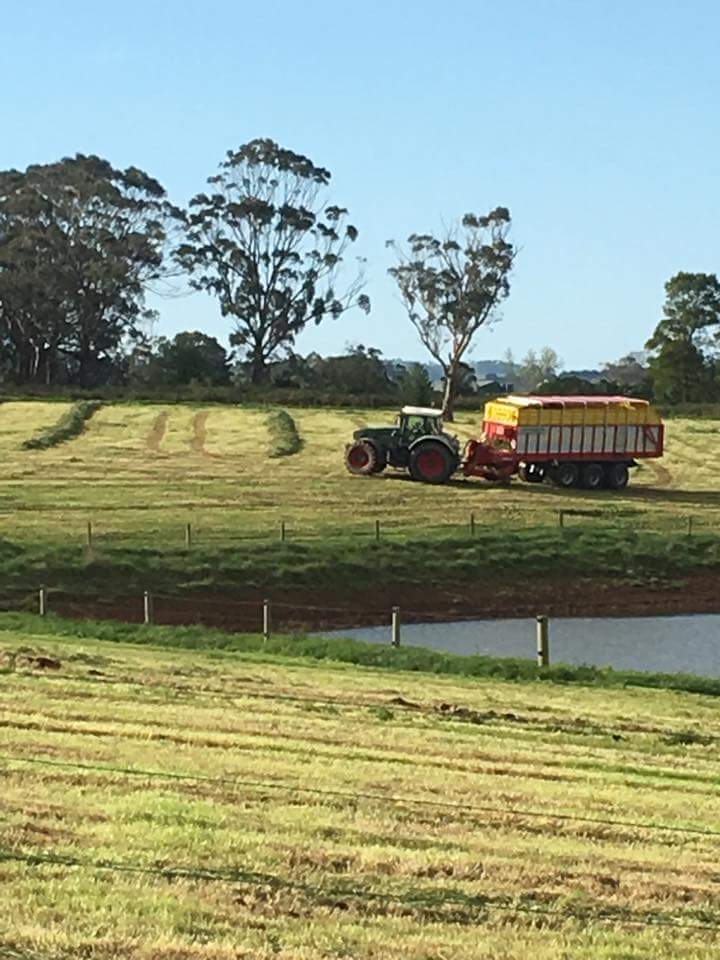Anti-Nutrition

The term anti-nutrition may sound absurd; however, there are numerous mycotoxins in dairy feeds that do cause anti-nutrition by decreasing both the feeds capacity to convert efficiently to milk, and the cow’s capacity to efficiently convert feed to milk.
Most anti-nutrition factors are derived from the presence of mould in feeds. From pasture contaminated with mould (seasonal), grains and of course silage and hay. The visible presence of mould does not determine its anti-nutritional characteristic, but a good place to start and alert to the need to have the feed tested. Mycotoxins are considered to be soil-borne pathogens. As mentioned in an earlier silage article, low mower heights regularly include soil in silage, not just affecting fermentation, but an increase of minerals (soil) in silage from 9% to 11% can reduce milk production by two litres/day.
There are three broad groups of fungus and moulds associated with mycotoxins:
Penicillium
Colour: Blue-green
Associated Toxins: Ochratoxins, Citrinin Patulin, PR toxin
Symptoms: Compromised rumen function, haemorrhaging in the digestive tract, Immune suppression, high cell count.
Aspergillus
Colour: Yellow-green
Associated Toxins: Aflatoxins, Ochratoxins
Symptoms: Reduced feed intake, decreased milk production, weight gain, liver lesions and bleeding, reduced fertility, kidney damage, increased water intake, pulmonary edema
Fusarium
Colour: Pink-white
Associated Toxins: Zearalenone, DON, T-2 toxin, Fumonisins
Symptoms: Reduced feed intake and weight gain, reduced milk production, digestive disorders (feed refusal, diarrhoea), acute haemorrhagic Enteritis, reproductive failure, mortality
Actions
Any suspect feed needs to be tested, or signs of the above symptoms. A goal for feeds should be less than 200,000 cfu/gm of feed. A test for the presence of DON and Aflatoxin will tell you many others are likely to be present.
Preventative Measures
- Mower height to avoid dirt in silage/hay
- Inoculate silage – low pH reduces the risk of mould growth. Air exclusion from silage.
- Refined Fractional Carbohydrate (Celmanax) has been identified in research as very effective against the effects of mycotoxins through absorption by yeast cell walls (MOS).
(Baines et al. 2012)